Wish your food items could last longer? Well, with the food preservation methods highlighted in this post, they can.
An abundance of fresh fruits and vegetables from your backyard garden or bulk shopping at the farmer’s market could leave you wondering what to do with the extra food supply.
By learning how to preserve food, you can extend its shelf life and reap the benefits of a bumper harvest.
Whether you’re looking for food preservation techniques to store your leftovers for later or long-term solutions to ensure you have fresh food all year long, this article highlights the best ways to preserve your food safely.
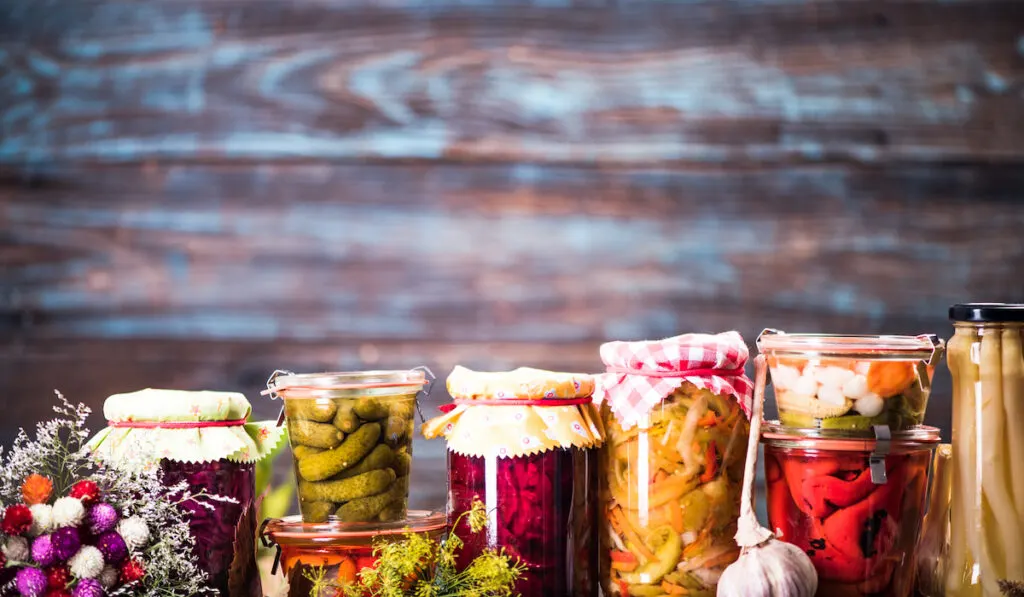
Table of Contents
What Is Food Preservation?
Food preservation is the process of preventing food from spoiling or decaying and allowing it to be stored safely for future use and consumption.
Food preservation ensures that a food ingredient’s edibility, nutritional value, and quality remain intact for a long time.
This process usually involves restricting the growth and multiplication of bacteria and other harmful microorganisms such as fungi and yeast through different methods such as drying and canning.
For certain foods, preservation also involves retarding the oxidation of fats and oils to reduce rancidity.
Food that has been preserved properly retains its color and doesn’t develop any odors. It is safe for human consumption and can be enjoyed as is or with minimal preparation.
So, how do food preservation methods keep food fresh, safe, and healthy for long?
Food preservation does this by altering the internal and external condition of the food so it becomes unfavorable to the development of food spoilage bacteria.
Food preservation methods achieve this by:
- Reducing the moisture level of a food ingredient.
- Changing the acidity or pH of the food.
- Subjecting the food item to intense heat.
- Lowering the temperature of food.
- Excluding air.
- Using a strong concentration.
These changes in the internal or external conditions of the food product are achieved with the help of other food ingredients, tools, equipment, and specialized techniques.
Other methods like sun drying optimize environmental factors to restrict the growth of harmful microorganisms and keep food fresh for prolonged periods.
As you can see, food preservation methods have varying principles and modes of operation. That said, the one thing they all have in common is that every technique must be done in a clean environment to avoid contamination.
So, before you use any of the methods in this post to preserve your food, ensure your food preparation environment and the tools you use are clean.
Otherwise, you will introduce germs that will make the food unsafe for human consumption.
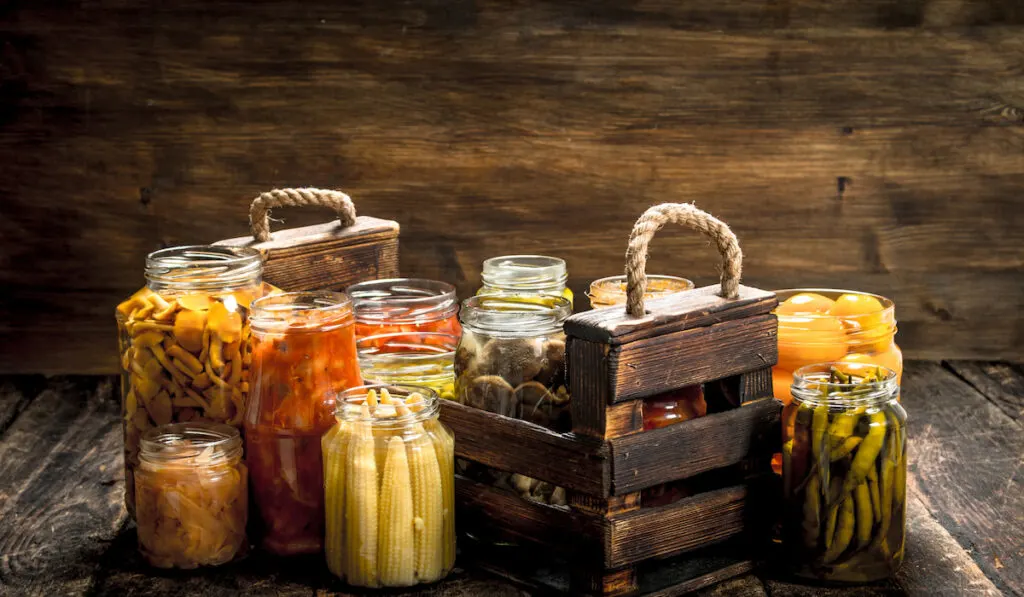
The History of Food Preservation
Food preservation has been around since ancient times. Early man harnessed nature to preserve food and address long-term food shortages.
In frozen conditions, ancient humans froze animal and seal meat on ice. In hotter conditions, they dried meat, fruits, and vegetables in the sun.
Food preservation knowledge greatly enhanced ancient humans’ quality of life.
They no longer had to eat all their food in one sitting since they could preserve some of it for later use.
This allowed early humans to stay in one place and build a community.
Food preservation methods advanced with time as early humans sought better ways to keep food fresh.
Some food preservation methods we use today date back to ancient times, proving that the early communities had perfected the art of food preservation.
Take food preservation by salting, for example. Early communities discovered that applying salt draws out excess water from food and hastens the drying process.
In cases where there was not enough sunshine for drying, ancient Romans figured they could use fire to generate the heat needed to dry food.
For this reason, they created “still houses” that were used to dry fruits, herbs, and vegetables.
Canning is another centuries-old food preservation method that’s still quite popular today.
In the 1790s, Nicholas Appert, a French confectioner, discovered that applying heat to food that had been sealed in jars preserved it from deterioration.
His principles were tried successfully by the French navy in the early 1800s to preserve different foods such as meat, vegetables, and fruits.
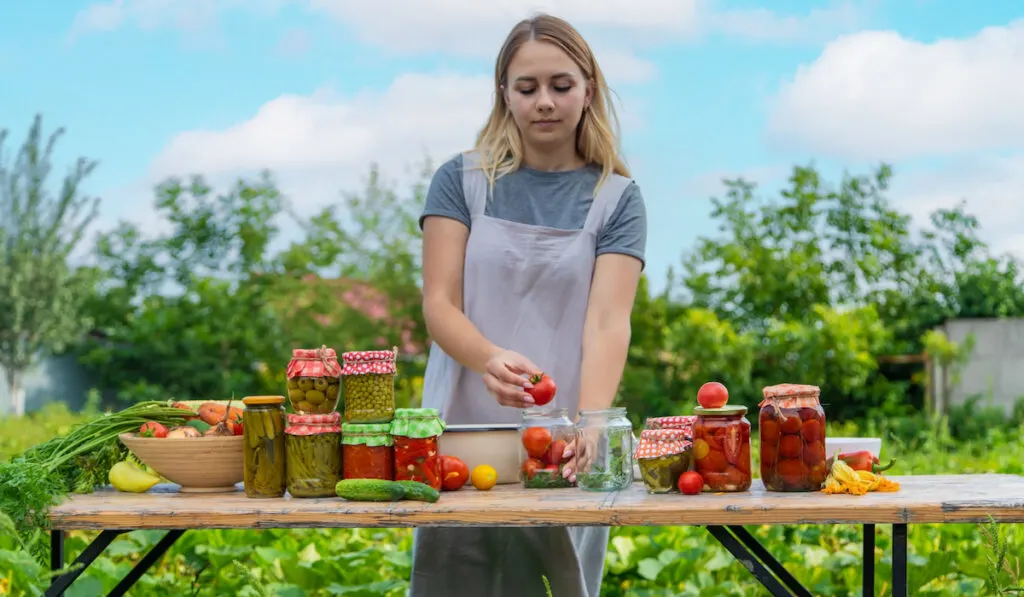
The Importance of Food Preservation
The desired outcome is the same regardless of the method used to preserve food.
Food preservation protects food products from the agents of decomposition, thereby extending their shelf life.
Other notable benefits of food preservation include:
- Prevents foodborne illnesses – Food is perishable by nature. Without intervention, it falls victim to the agents of nature and begins to decay.
Spoilt food is not just unappetizing but can also cause illnesses and even death in severe cases.
- Maintains food at its best quality – When food is not stored properly, the quality deteriorates over time and loses its fresh taste, appearance, and texture.
Food preservation maintains these qualities as well as the nutritional value of food.
- Saves you money – Food spoilage is costly for both home and commercial establishments.
By preserving your food properly, you extend its shelf life, so you don’t have to get rid of it quickly.
- Enhanced flavors – Some methods of food preservation, like fermentation, enhance the flavor of certain food products.
In some cases, a new flavor is produced when the food product reacts with the elements used in the preservation method.
- Ease of handling – Some foods are easier to handle when preserved because they are not easily contaminated by external factors.
For example, dried fish is easier to handle than fresh fish because it’s low in moisture, hence not easily contaminated by bacteria.
7 Ways to Preserve Foods
Here are seven methods you can use to increase the shelf life of your food products.
The table below highlights how the food preservation techniques in this post increase the shelf life of food:
| Method | Effect on microbial survival |
| Canning | Removes oxygen needed for microbial growth and survival. |
| Freezing | Lowers the temperature to slow the reproductive action of microorganisms. |
| Drying | Reduces moisture content to prevent microbial growth. |
| Fermentation | Produces an acid that inhibits microbial activity. |
| Salting | Reduces water content to prevent microbial growth. |
| Sugaring | Cooks food in a high sucrose concentration to create a condition unsuitable for microbial survival. |
| Vacuum packing | Creates a low-oxygen environment to delay the growth of bacteria. |
1. Canning
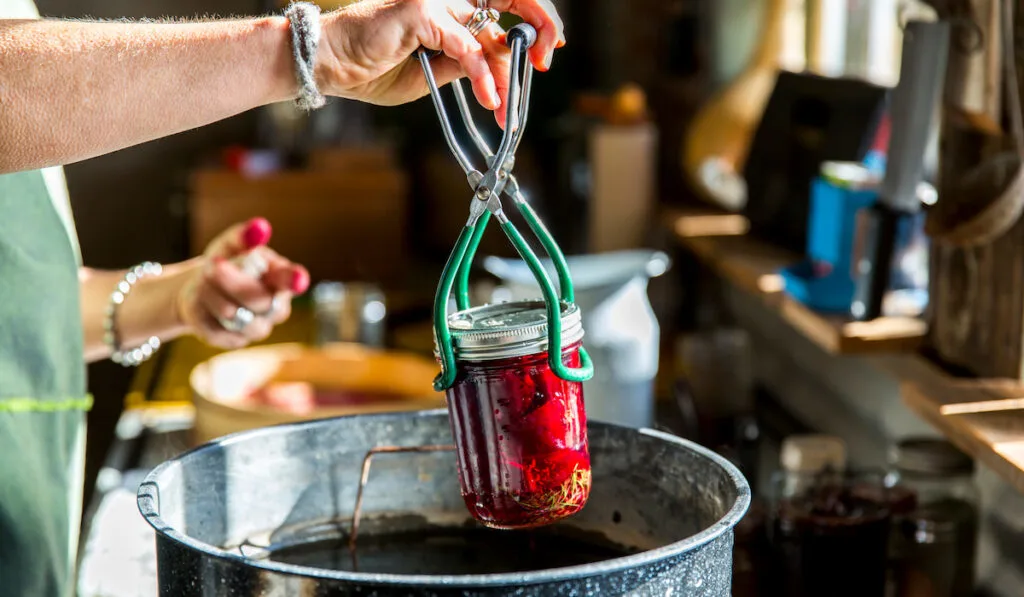
Canning is one of the popular methods used to preserve food at home.
Canning is a method that involves boiling food in a jar to kill the bacteria and sealing it to prevent new bacteria from getting into the food.
This method preserves food by eliminating the air that microorganisms need to thrive. The food in the jar then becomes sterile and can be stored for a long time without going bad.
Nonetheless, some organisms can survive without oxygen. That’s why it’s recommended to combine canning with another element that inhibits the growth of bacteria such as salt in the form of brine or an acid.
You can use canning to store fruits and vegetables to preserve the fresh flavors from your garden.
You can also use it to preserve meat but let it boil a little longer and opt for pressure canning to eliminate all the bacteria in the food.
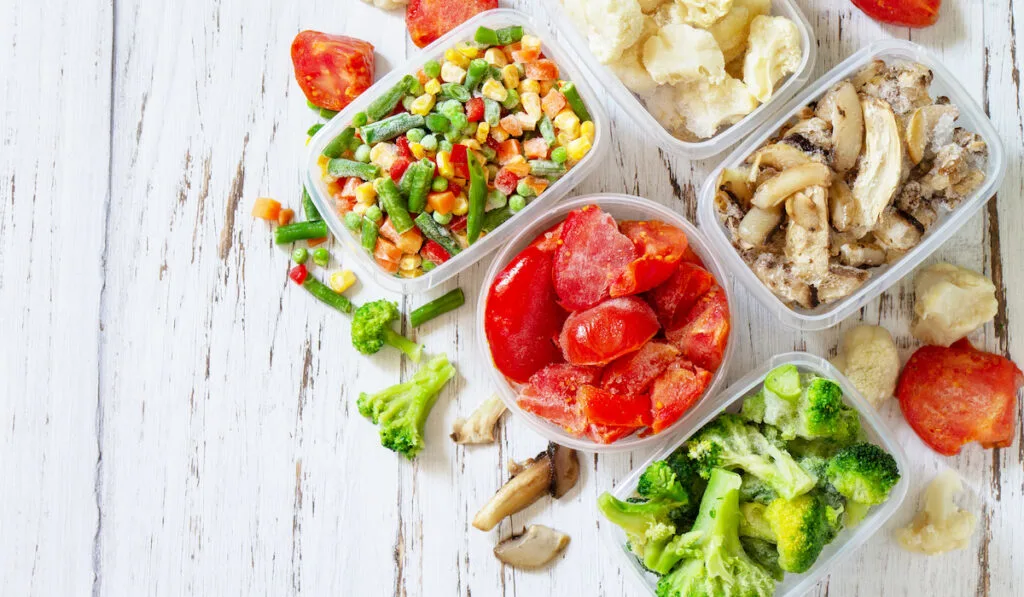
2. Freezing
Freezing is a simple and convenient way to keep your fresh food for a long time.
You can freeze almost all types of food from fruits and vegetables to meat and fish, and they will remain fresh till you get them out of the freezer for eating or meal preparation.
Frozen food does not go bad because bacteria cannot thrive in a cold environment and the food can remain safe to eat for a long time.
Nevertheless, food deteriorates and becomes unappetizing the longer it remains frozen.
So, make sure to use your frozen foods within a month or so to minimize food wastage.
Package your food properly before placing it in the freezer to maintain the quality of the product.
Your food will pick up a nasty taste when exposed to the dry air in the freezer, hence the need to use the right packaging when freezing food.
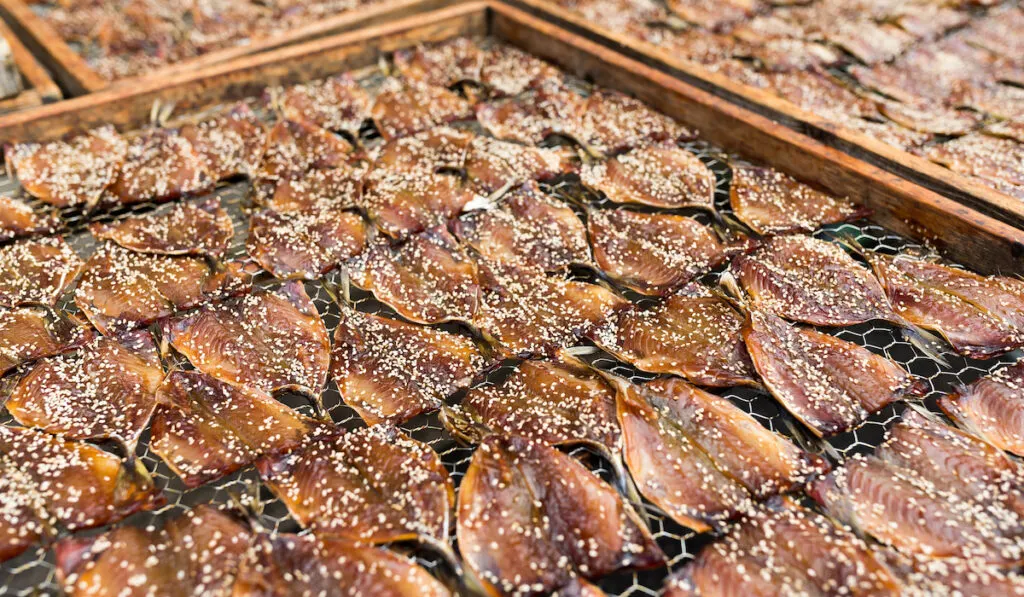
3. Drying
Drying or dehydration is one of the oldest methods of preserving food. It involves exposing food to moderate temperatures to remove all the moisture without cooking it.
Since most organisms also need moisture to grow, eliminating all the moisture from food items is an effective form of food preservation.
Once dried, the food should be stored in an airtight container to keep it fresh for a long time.
Dehydrated food doesn’t lose much quality and retains up to 97% of the original nutritional value.
Another perk of dehydration is that drying reduces the weight of food, so it becomes easier to transport.
Some of the foods that can be preserved through drying include fruits, vegetables, grains, meats, fish, nuts, and legumes.
You can dry your food out in the open and take advantage of the natural sunlight and wind to evaporate all the moisture. The bonus of sun drying is that the UV rays are harsh on microbes and serve to kill all the bacteria.
Alternatively, you can use modern applications like food dehydrators to dry your food.
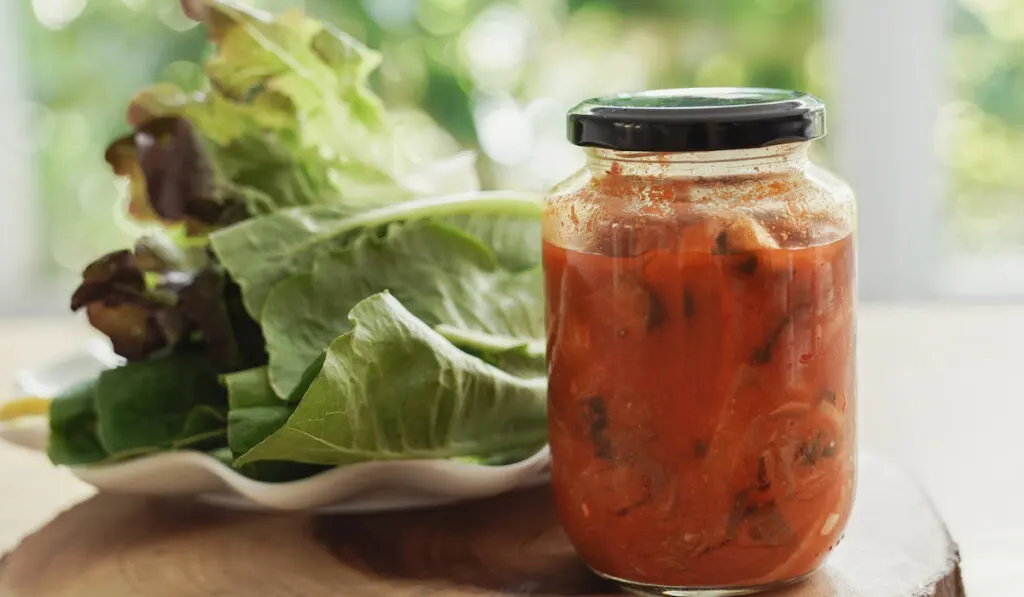
4. Fermentation
Though ancient, fermentation is another food preservation method that is still popular to this day. Its popularity is attributed to the unique flavor that develops when food is fermented.
It’s important to note that fermentation is actually a method of controlled food spoilage.
But when you place the microorganisms in a tightly controlled environment, you can achieve the desired results and keep the food spoilage to a minimum.
The yeast or bacteria used to ferment food breaks down the sugars in the food into lactic acid, which inhibits the growth of other harmful bacteria.
Fermented foods are good for the human gut and include culinary treasures such as bread, cheese, kimchi, and sauerkraut.
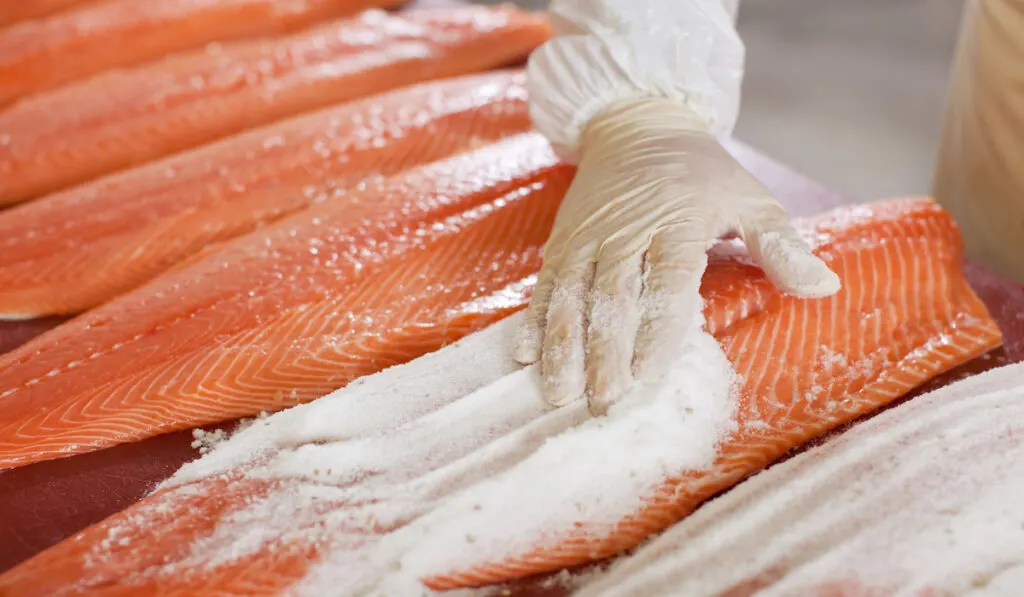
5. Salting
Salting or curing is one of the oldest methods used to preserve food. The method works a lot like dehydration by removing moisture from food to stop bacterial growth.
Salting can even destroy bacteria cells in high concentration, but this could also make the food unpalatable.
That’s why it’s recommended to apply salt in moderation when using this method to preserve your food.
Also, ensure to use salt that’s specifically designed for curing to maintain the food in the best condition for use after preservation.
There are two ways to use salt to preserve food. They are:
- Dry curing – salt is applied to the food and left to dry. This method works well with meats and seafood such as pork, beef jerky, salami, and anchovies.
- Wet curing – also known as brine, food is soaked in a salt solution to preserve it. Works best with vegetables and some fruits.

6. Sugaring
Sugaring is a food preservation method that involves cooking food in a high sugar concentration until it attains a gel-like consistency.
Just like salting, sugaring preserves food by drawing out all the water to create an environment that’s not suitable for microbial growth.
Sugaring works well to preserve fruits that can be turned into jam, jelly, or marmalade that lasts for a long time.
You can use all types of sugary substances to make your jam including honey, sugar syrup, or sugar granules.
Keep in mind that too much sugar is bad for your health so use it in moderation when making jam.
That said, your jam will spoil if you don’t use enough sugar, so try to find the perfect balance for your sugaring recipe.
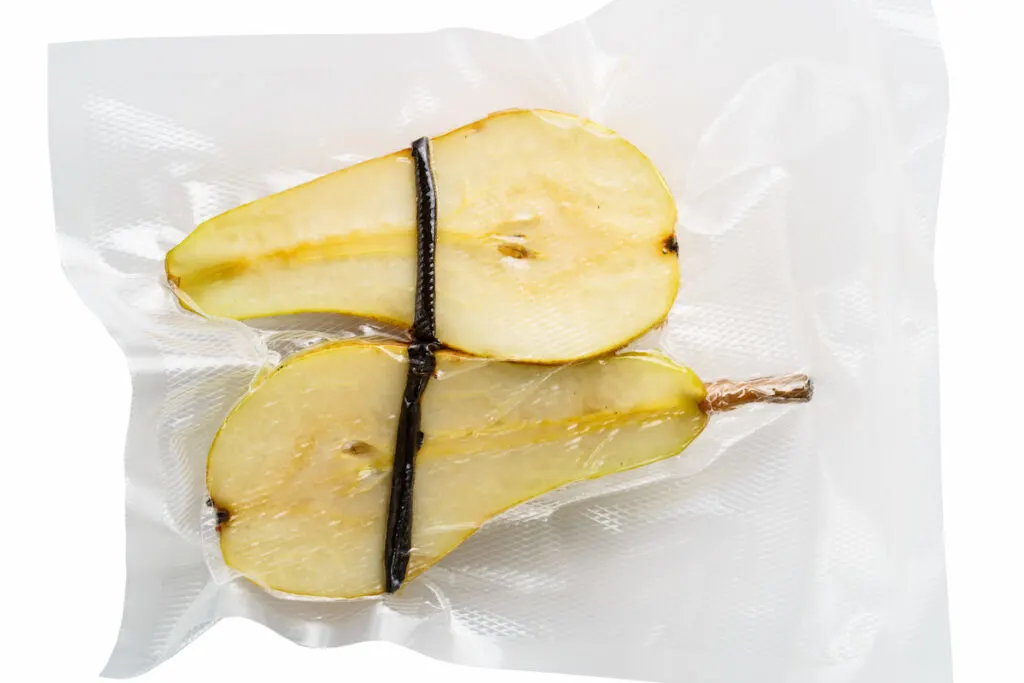
7. Vacuum Packing
Vacuum packing is a method of food preservation that works by depriving bacteria of the oxygen they need to survive. The method seals the food in an airtight atmosphere to prevent the entry of harmful bacteria that can cause food spoilage.
While vacuum packing doesn’t keep food fresh for a long time, it still extends its shelf life much longer than keeping it refrigerated or in a cupboard.
Additionally, vacuum packing doesn’t rely on other ingredients to keep fresh, unlike other methods such as canning and sugaring.
This allows the food to retain its original color, taste, smell, and texture, which is particularly desirable when preserving meat.
Vacuum-packed food also retains its moisture, thereby ensuring optimal food quality.
Beyond food preservation, vacuum packing can also be used as a method of preparing food. Many chefs around the world pack ingredients in a vacuum bag and cook them at a specific temperature to achieve unique results.
Final Thoughts
As you can see, there are many ways to preserve food. Pick a method that works best for you to increase the shelf life of your favorite foods considerably.
Just ensure to practice high levels of hygiene to avoid contaminating the food you want to preserve.
Resources:
- https://foodsafetyhelpline.com/what-are-the-different-methods-of-food-preservation/
- https://www.fooddocs.com/post/food-preservation
- https://nchfp.uga.edu/publications/nchfp/factsheets/food_pres_hist.html
- https://www.highspeedtraining.co.uk/hub/food-preservation-methods/
- https://www.masterclass.com/articles/a-guide-to-home-food-preservation-how-to-pickle-can-ferment-dry-and-preserve-at-home
- https://www.thespruceeats.com/methods-of-food-preservation-1328477
- https://www.yesmagazine.org/health-happiness/2017/09/04/6-simple-ways-to-preserve-foods-from-your-garden
- https://homesteading.com/food-preservation-methods/
- https://www.littlefiggy.com/the-5-best-methods-for-food-preservation/
- https://www.canadianliving.com/food/food-tips/article/the-5-best-ways-to-preserve-food
